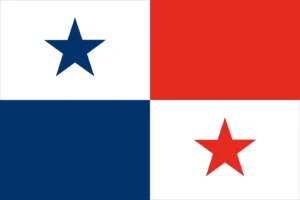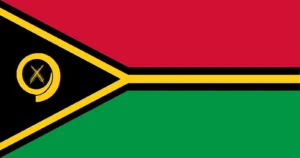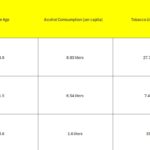United States
The United States of America was recognized as a new nation in 1783 after the Treaty of Paris. It was originally made up of 13 British American colonies on the east coast of the country. Through the 19th and 20th centuries, 37 new states were added after expanding across the entire North American continent. The United States faced a lot of trauma and conflict, especially through the Civil War and the Great Depression. The United States in the fourth largest country in the world, and is considered the world’s most powerful nation state.
One of the major characteristic of the United States is its wide variety of environment. It ranges from mountains, to flat prairies, to subtropical, arctic, rain forest, and desert.
Panama
Panama is located in Central America on a narrow bridge of land that connects North and South America, called the Isthmus of Panama. Panama was originally part of the Spanish Empire, but broke with Spain in 1821 and joined a union of Colombia, Ecuador, and Venezuela, the Republic of Gran Colombia. This union dissolved in 1830, however, Panama remained part of Colombia until 1903 when they declared their independence as a country. Panama is the site of the Panama Canal, a canal cut through the middle of the countries land. It was built by the US Army Corps of Engineers between 1904 and 1914.
Panama is known for its natural tropical beauty, the diversity in plan and animal life and the vibrant nature of their music and culture.
Vanuatu
Vanuatu was first settled by Austronesian speakers from the Solomon Islands around 2000 B.C. Around 1000 B.C., chieftain systems started to develop the islands. European settlers began arriving from the early 1600’s and was frequented in the 1800’s by whalers and planters. In the 1860’s, European planters in Australia, Fiji, New Caledonia, and Samoa needed labor and came to Vanuatu and kidnapped almost half of the adult males from the islands as indentured servants. It is a country consisting of a chain of 13 principal islands and many smaller islands located in the southwestern Pacific Ocean. The name Vanuatu means “Our Land Forever” in many of the locally used Melanesian languages. Vanuatu was originally named the New Hebrides, and from 1906 was jointly administered Anglo-French condominium, made up of France and The United Kingdom. This administration lasted for 74 years until 1980 when they gained their independence, becoming the Republic of Vanuatu under English-speaking prime minister Walter Lini.
Vanuatu is characterized by the diverse landscape. From rugged mountains and high plateaus, to rolling hills and low plateaus. There are coastal terraces, offshore coral reefs, and active volcanoes on multiple of the islands. They also suffer from frequent earthquakes, indicating structural instability.
3×3 Grid
Data Story
The story that the data tells is the relationship between the average age of the population of the country and the amount of tobacco and alcohol use among them. I chose this information based off of per capital and percentage values because it does not matter the vast population difference of the countries I chose.
There was a pattern in the data that shows that as the older the median age, the higher the alcohol and tobacco use. I also added another column showing the difference in male and female tobacco use because the values were shockingly different. Male tobacco use was higher from about 6% to 31%.



